hackberry tree leaves bumps
Nipple galls are common ailments of various trees in the landscape and can be caused by a few different insects. Hackberry leaves measure 2 to 5 5 12 cm long and up to 35 9 cm wide.
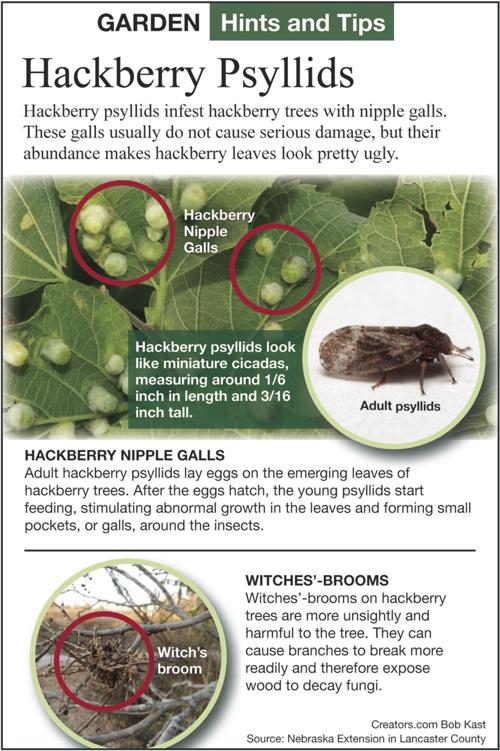
Hackberry Nipple Galls Deform Tree Leaves Siouxland Homes Siouxcityjournal Com
Adults are light brown with flecks of creamish-white and look like miniature cicadas.

. Five species are trees and one species is shrublike. The trees have strong tap roots and many shallow spreading roots. Hackberry nipple gall maker Pachypsylla celtidismamma is an insect pest of hackberry trees creating bumps on the underside of the leaves also known as galls.
Bird cherry prunus padus victorian botanical illustration 1863. Raised cushion-like bumps on affected branches may be cream to orange or red turn black with age. Dead branches and twigs often first observed in early spring when no leaves form.
Hackberry leaves covered with insect sacs 770303 Asked September 01 2021 625 PM EDT All the leaves on my 2 hackberry trees are covered with insect sac bumps. Trees most commonly affected are hackberry sycamore and oak. Up close the bumps look like hairy nipples.
Oak Leaf Blister Symptoms. Hackberry blister gallPachypsylla celtidisvesicula. Branchlets many slender somewhat horizontal.
Roots of chinese hackberry tree - hackberry tree stock pictures royalty-free photos images. However by the time you see those bumps the insect has long since moved on. Also known as American hackberry common hackberry Celtis occidentalis is a fast-growing member of the elm family.
Hackberry leaf galls are raised warts on leaves that are caused by small aphid-like insects that live within the growth. This insect does not appear to affect tree health. It drops its leaves in fall Height.
The bark is mostly smooth and gray with small bumps or warts on the older stems. This irregular gall looks like roosters combs on the leaves. The trees have strong tap roots and many shallow spreading roots.
Galls are odd greenish shapes that grow on plants. 18 to 316 inch long. Heavily infested leaves may turn yellow and drop prematurely.
Hackberry leaves have teeth and taper towards the tip. There are a few ways to tell them apart. When our clients ask about these funny bumps on their tree leaves I usually stop at the short explanation that.
The bumps can be hard or just hollow protrusions. Branches few large often 20-30 feet above ground. The wood has a characteristic yellowish white color.
Reticulata has a wider West Texas distribution and smaller leaves with net-like veins underneath. They are quite common on trees. Straight short 1-2 feet in diameter.
Why You See Bumps or Round Balls on Oak Tree Leaves. Up close the bumps look like hairy nipples. The leaf underside has large netlike veins.
The gall found on the hackberry leaves is referred to as the hackberry nipple gall. Trees suffering from oak leaf blister will develop raised spots scattered on the leaves. Potential hackberry growers should also know that a condition known as hackberry nipple gall is among the most common disease to infect these trees -- it will cause both raised bumps on the leaves as well as discoloration.
Galls are odd greenish shapes that grow on plants. Common hackberry is native to much of the eastern US. Galls are abnormal vegetable growths caused by various agents such as insects nematodes fungi bacteria viruses chemicals and or mechanical injury.
This specific gall is caused by a psyllid on hackberry trees. Bark on old trees thick light grayish-brown deeply furrowed ridged or with wart-like protuberances. The bark is mostly smooth and.
Small BB-like 18 inch wide raised growths on upper leaf surface. Leaves of hackberry trees often have the hackberry nipple gall caused by an insect called a psyllid. Or wilting soon after leaves emerge in spring.
Hackberry bumps on a log - hackberry tree stock pictures royalty-free photos images. The tiny winged bugs are probably hackberry lace bugs. The good news is that the bumps are generally not caused by a disease.
Lace bugs are sap feeding insects commonly found on the leaves of shade and ornamental trees in Iowa. Galls are abnormal growths of plant tissue induced to form by mites insects or other small organisms. Leaves on hackberry trees are simple leaves that are arranged alternately on crooked branches.
The wart-like growths on the hackberry leaves are galls. 50 to 70 feet Width. More information on Hackberry blister gall.
Up to 50 feet Medium to fast growth Pyramidal shape in youth spreading rounded shape in maturity Bark of young trees appears covered with bumpy warts but the pattern changes to cork-like ridges as trees mature 2. Crown rounded somewhat open. Hackberry can sometimes be a gnarly shrub.
Big populations of this insect can cause loss of the pecan crop for the current year and also the following year. Hackberry species occour throughout texas. Elms often get galls such as the cockscomb gall caused by an aphid.
They are usually insect damage. And was named bois inconnu -- the unkown tree -- by the earliest French explorers. The two species most common across the state are Celtis Laevigata also called sugarberry or sugar hackberry and C.
The gall is induced to form by a gnat-like psyllid. Hackberry leaves have teeth and taper towards the tip. They are often covered with bumps called Nipple Galls.
Oak leaf blister disease and oak leaf gall are the top two culprits when it comes to problems with oak tree leaves. A deciduous tree showing summer leaves and b - hackberry tree stock illustrations. The leaves of hackberry have a rough texture like sandpaper.
They are often covered with bumps called Nipple Galls. The galls are caused by pecan phylloxera aphid-like insects that emerge in spring and infest leaves and twigs. Up close the galls really do look like baby-bottle nipples that have fallen to the ground and been covered with tiny hairs.
Reticulate also known as netleaf hackberry or western hackberry. The bumps are harmless insect galls growing on the leaves. Youll notice an asymmetric base on the dull to glossy green leaves.
It has been a good year for funky leaf galls or a bad year I guess depending on how you look at it. Hackberry leaves have a recognizable ovate-lanceolate shape with serration along the entire margins. Sunken dark brown area on branch that is often cracked or has a ridge at the edge.
Adult lace bugs have attractive wings that are beautifully sculptured with an intricate pattern of veins resembling lace hence the common. Your first thought might be that it is a disease or insects have laid eggs or burrowed into the leaf the way leafminers do.

Leaf Closeup On Wood In 2022 Plant Leaves Leaves Plants

Hackberry Psyllids Tiny Jumping Biting Insects Insect Diagnostic Lab

201 Gall Mites Photos Free Royalty Free Stock Photos From Dreamstime
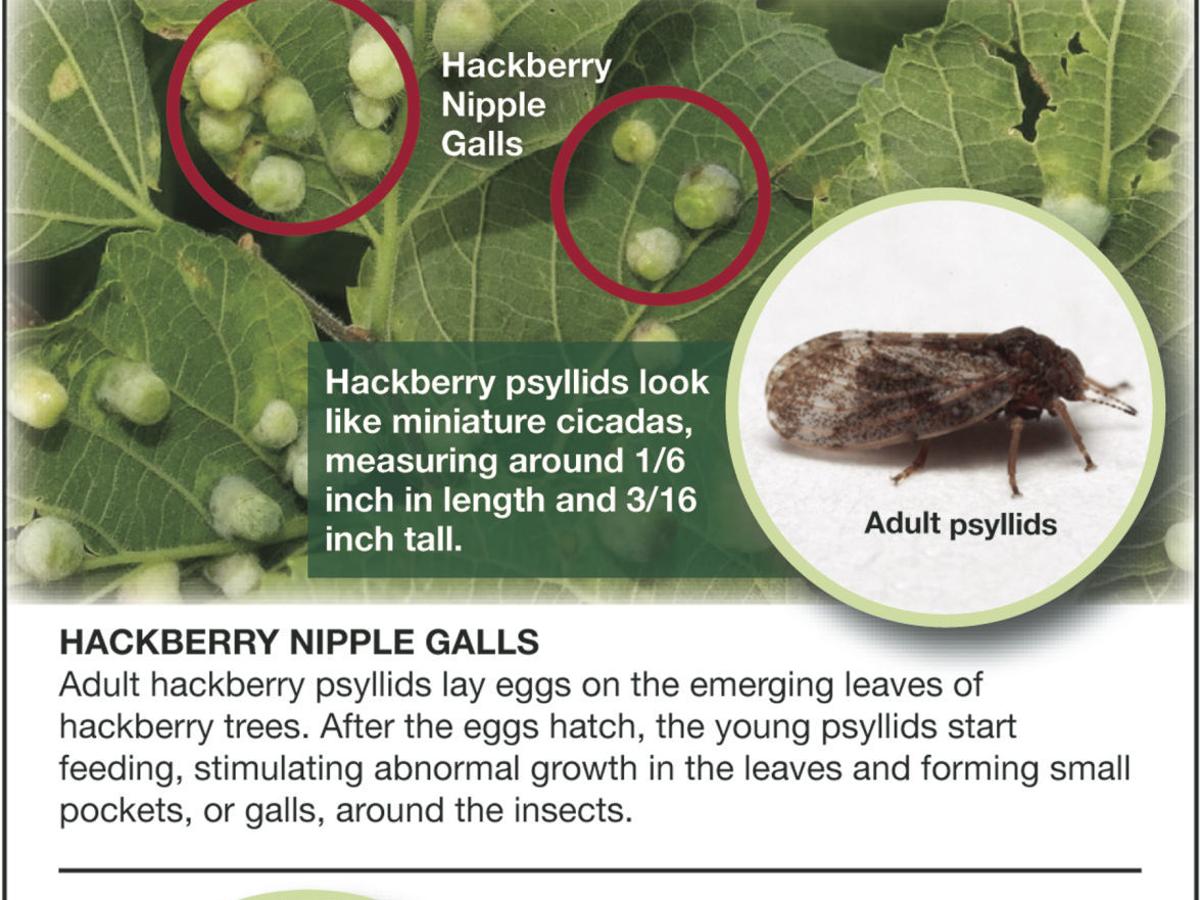
Hackberry Nipple Galls Deform Tree Leaves Siouxland Homes Siouxcityjournal Com

Insect And Mite Galls Umn Extension

Tis The Season For Leaf Gall Knecht S Nurseries Landscaping
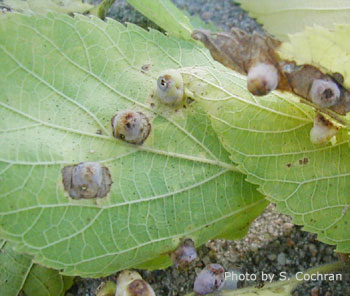
Hackberry Gall Psyllids Nebraska Extension In Lancaster County

What S Wrong With My Plant Garden University Of Minnesota Extension

Common Hackberry Plants Texas Native Garden
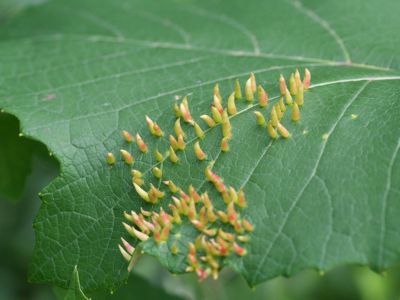
Causes Of Spindle Galls How To Treat Spindle Galls On Trees

What S Wrong With My Plant Garden University Of Minnesota Extension
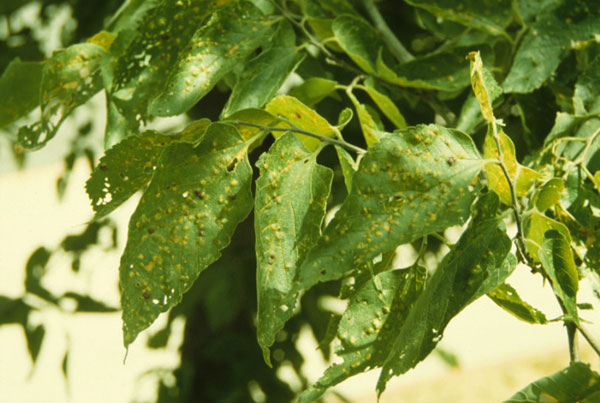
What S Wrong With My Plant Garden University Of Minnesota Extension

Oak Diseases Insect Pests Home Garden Information Center

What S Wrong With My Plant Garden University Of Minnesota Extension

My Leaves Have These Weird Bumps And Lumps On Them Arborsmith Ltd Crafstman In The Care Of Trees

My Leaves Have These Weird Bumps And Lumps On Them Arborsmith Ltd Crafstman In The Care Of Trees

What S Wrong With My Plant Garden University Of Minnesota Extension
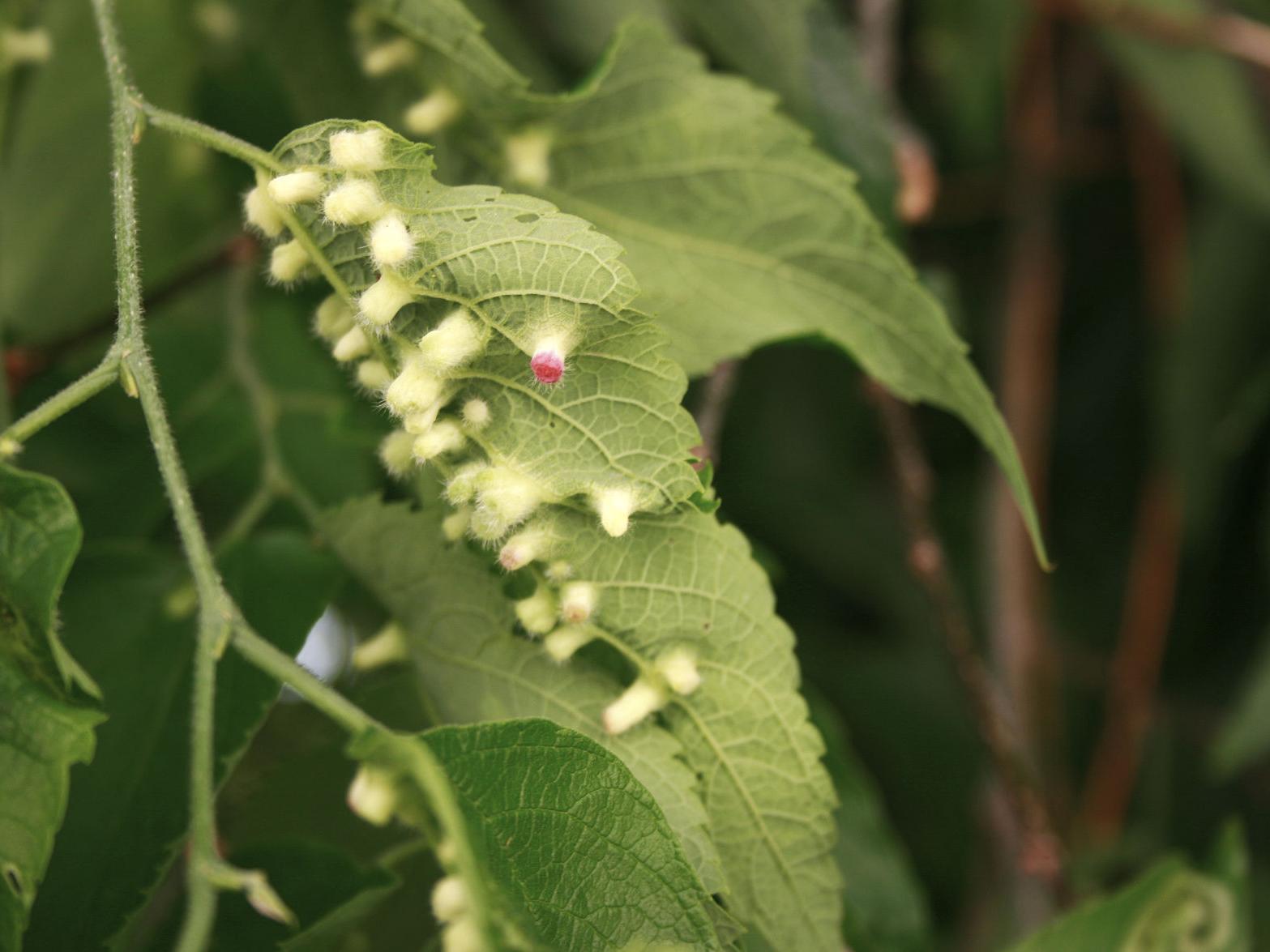
What S The Deal With Those Weird Bumps On Tree Leaves Open Spaces Trib Com
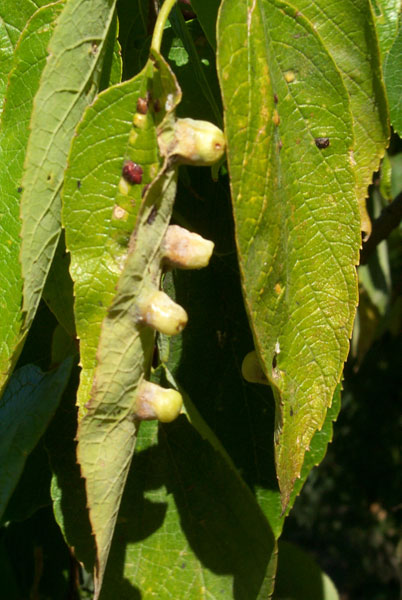
What S Wrong With My Plant Garden University Of Minnesota Extension